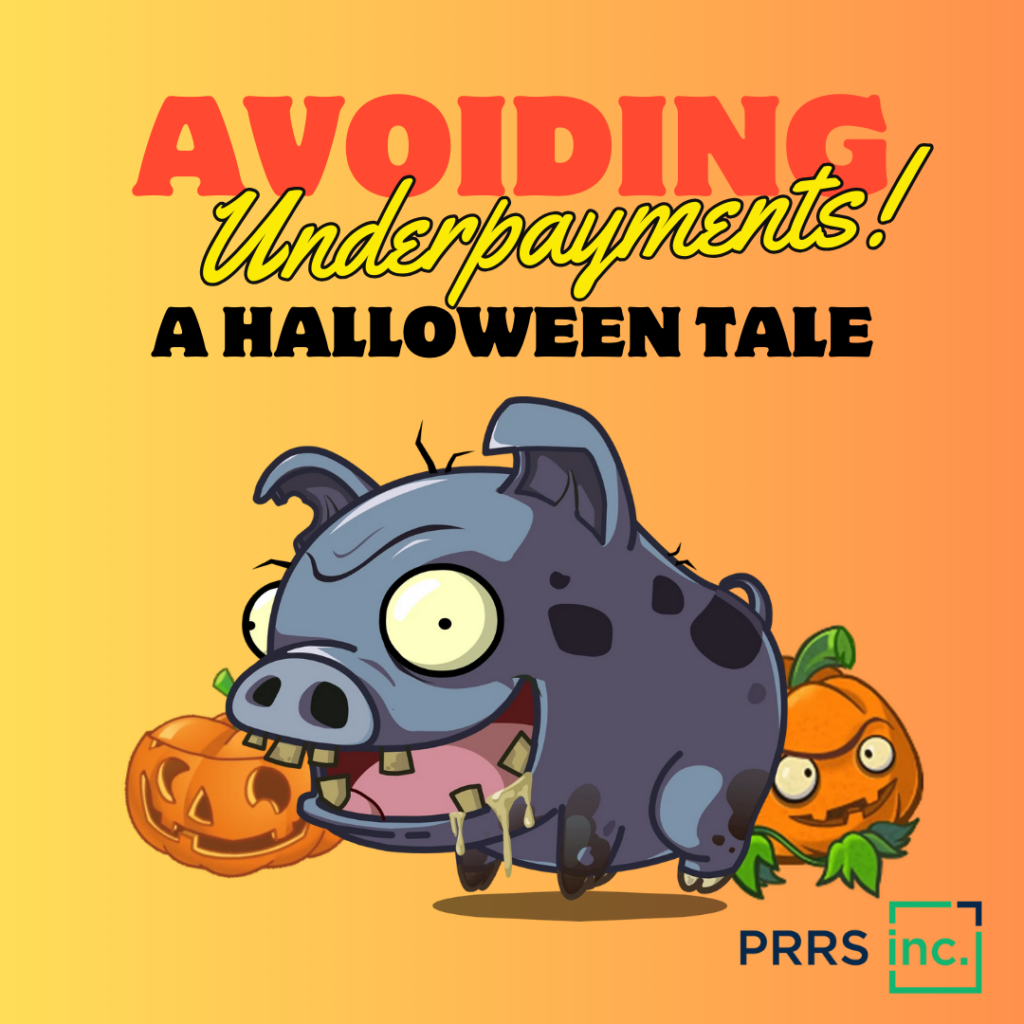
As the chilling winds of Halloween creep upon us, it is the perfect time to delve into one of the spookiest specters haunting the world of revenue cycle management in behavioral healthcare – insurance underpayments. Like ghosts in the night, underpayments can be elusive and often go unnoticed until they begin to haunt your revenue. In this eerie but enlightening blog post, we will explore the spine-tingling world of underpayments and how they can cast a shadow over the financial well-being of your behavioral healthcare facility.
The Frightening Reality of Insurance Underpayments
Picture this: Your behavioral healthcare facility works tirelessly to provide crucial services to individuals in need. However, when you submit claims to insurance companies for the services rendered, you notice that the reimbursements fall short of expectations. It’s like finding an empty candy bag after a night of trick-or-treating – a disheartening sight for any healthcare provider.
The underpayment phenomenon occurs when insurance companies approve claims but do not fully cover the cost of the provided services. It’s a nightmare for healthcare facilities, leaving them with revenue shortfalls that can have a far-reaching impact on their ability to continue providing essential care.
Unmasking the Hidden Culprits
Much like a Halloween mystery, identifying the culprits responsible for underpayments can be a challenging task. Several factors contribute to this nightmarish scenario:
Complex Billing Codes: The world of behavioral healthcare is filled with intricate billing codes that can be baffling for both healthcare providers and insurance companies. Misinterpretation of codes or using incorrect codes can lead to underpayments.
Arbitrary Reimbursement Rates: Insurance companies often set reimbursement rates, which can be arbitrary and may not fully align with the actual cost of services provided. This leaves healthcare providers grappling with the ghoulish gap between cost and reimbursement.
Lengthy Adjudication Processes: Insurance companies may prolong the adjudication of claims, creating uncertainty and delays in receiving payments. This uncertainty can be a terrifying ordeal for healthcare facilities trying to manage their cash flow.
Elusive Authorizations: Sometimes, insurance companies require prior authorizations for certain services. Failure to obtain these authorizations can result in underpayments or claim denials, making it essential to keep a watchful eye on the process.
Haunted House of Revenue Cycle Management
To escape the haunted house of underpayments in behavioral healthcare, here are some strategies to consider:
Regular Audits: Conduct regular audits of your billing and claims processes to identify any discrepancies and ensure that you’re using the correct codes.
Transparent Communication: Maintain open lines of communication with insurance companies to address issues and disputes promptly.
Technology Adoption: Invest in revenue cycle management software that can help streamline the billing process and reduce errors.
Staff Training: Ensure your staff is well-trained in insurance procedures, coding, and prior authorizations to minimize the risk of underpayments.
Seek Expert Assistance: Consider enlisting the help of revenue cycle management experts who can navigate the complex world of behavioral healthcare billing.
Conclusion
As the moon rises high on this Halloween night, remember that you need not fear the specter of insurance underpayments in behavioral healthcare. With the right tools, knowledge, and strategies in place, you can banish this haunting problem and ensure that your facility thrives, providing the care that is crucial to those in need. Like the heroes of your favorite ghost stories, you can conquer the sinister underpayments and emerge victorious in your revenue cycle management journey. Happy Halloween, and may your healthcare facility’s future be brighter than the darkest of nights!

